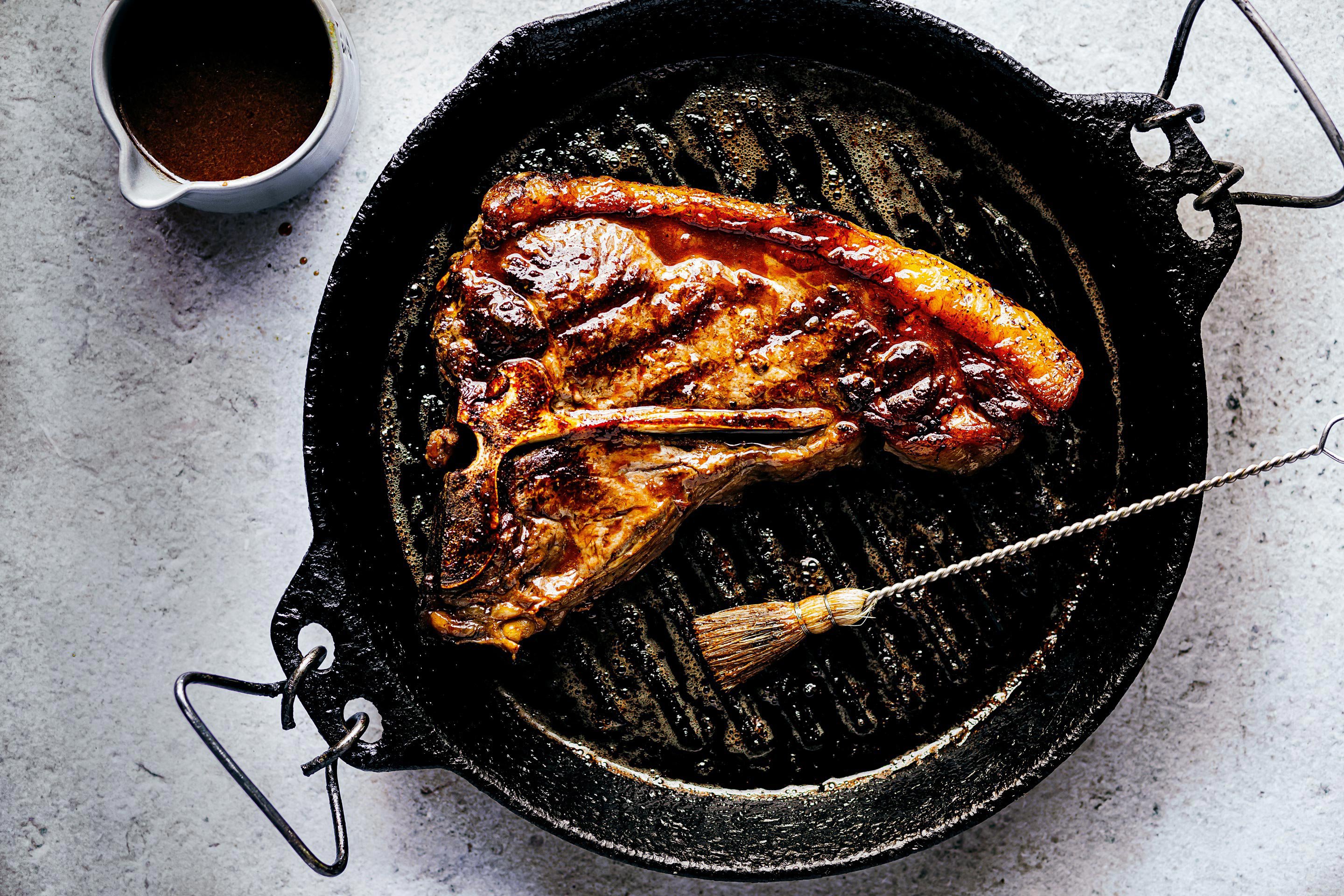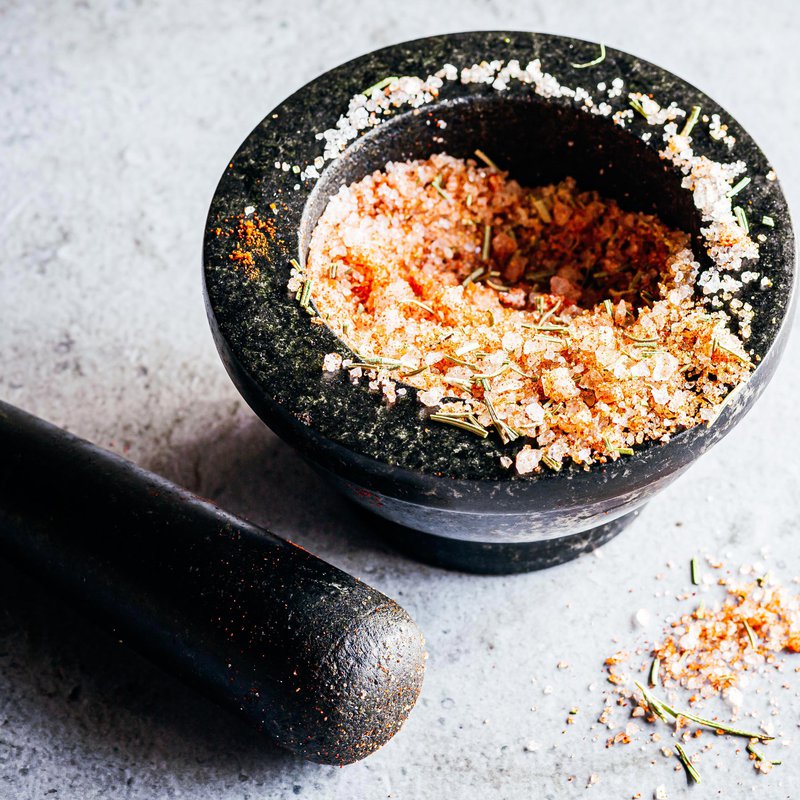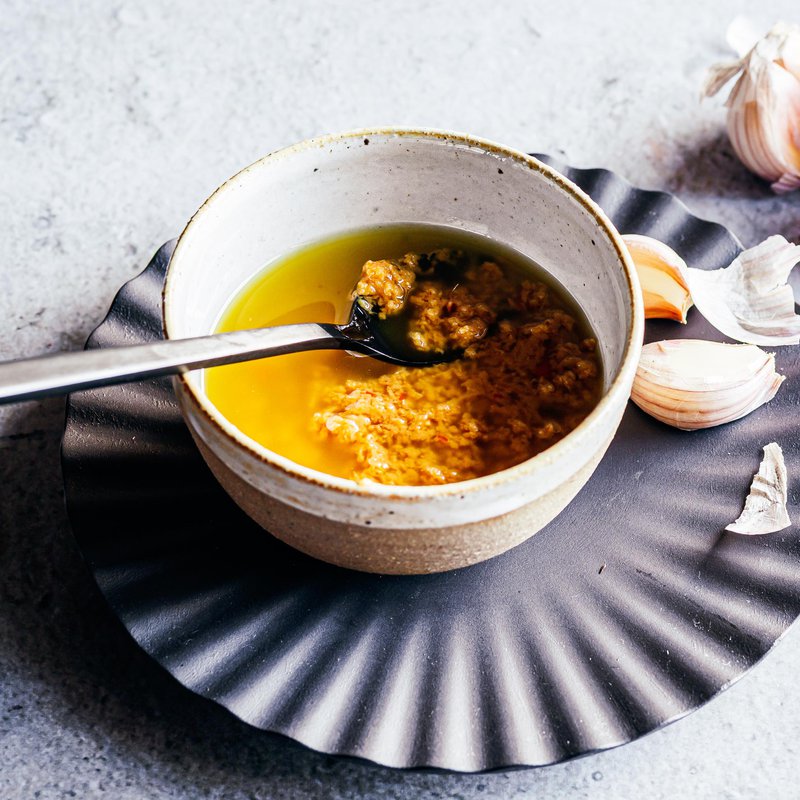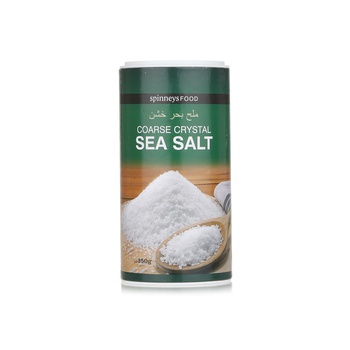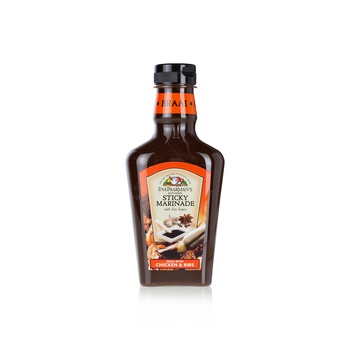A perfectly cooked steak is the height of achievement in the grilling world, but it can be an easy thing to mess up if you don’t know what you’re doing. Follow this step-by-step plan and you’ll be fine.
1 Choose your cut
Ask your Spinneys butcher for advice depending on what your cooking method is. Fat marbling is the secret to flavour. Spinneys source all their Australian Angus beef from Stanbroke, a family-run farm in New South Wales. The meat has a beautiful flavour, a mild to medium level of marbling and is amazingly tender.
2 Age the steak
When you get home from Spinneys, unwrap your steak and put it on a wire rack with a tray underneath. Place it in the fridge uncovered. This allows the outside of the steak to dry out – ensuring a good crust – and also starts/continues the dry ageing process which gives you a super soft and tender steak.
3 Room temp is best
Take your steak out of the fridge at least an hour before cooking. Steak is best cooked when it’s at room temperature, which allows for even cooking and tenderness.
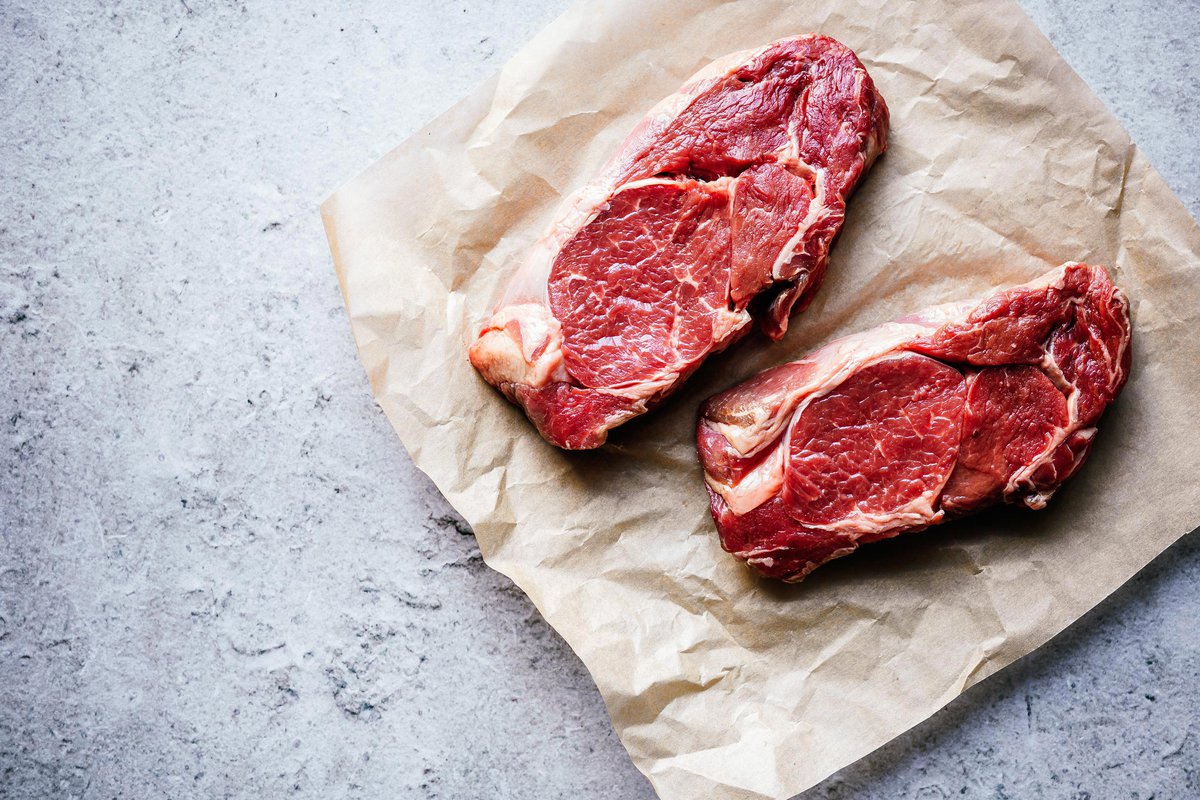
4 Rub it in
If you’ve spent money on a really good steak, keep your rub or marinade simple and let the quality of the meat shine. Avoid sugary marinades and spice mixes that will burn easily. A rub is a great way to help build a crust and texture on the exterior of a steak.
5 Salty secret
Seasoning your steak with salt is essential to bring out its flavour. And the fattier a piece of meat is, the more salt it needs. Salt your meat for at least 40 minutes before cooking. Skip the black pepper – you add that after cooking.
6 Smoke prevention
If you’re cooking steak indoors (not on a BBQ) and want to minimise the amount of smoke, use a cast-iron pan and don’t add oil to the pan. Covering the steak in oil means you have just enough to create a lovely crust. Coat the steak in just enough oil (canola, sunflower, vegetable) to cover it. Don’t use butter as it burns too easily.
7 Feel the heat
Preheat your grill or pan until it smokes – you want the heat as high as possible to get great caramelisation.
8 To flip or not to flip
To flip: thick bone-in steaks (T-bone or Porterhouse) are tricky to get pink in the middle but crusty on the outside. Flipping every 30 seconds allows the cooked side to cool down in between, which develops a crust over time. Not to flip: some believe that cooking a steak on one side and flipping it only once is the secret to a great crust. Whichever method you choose, don’t press down on the steak or you'll squeeze out all those delicious juices.
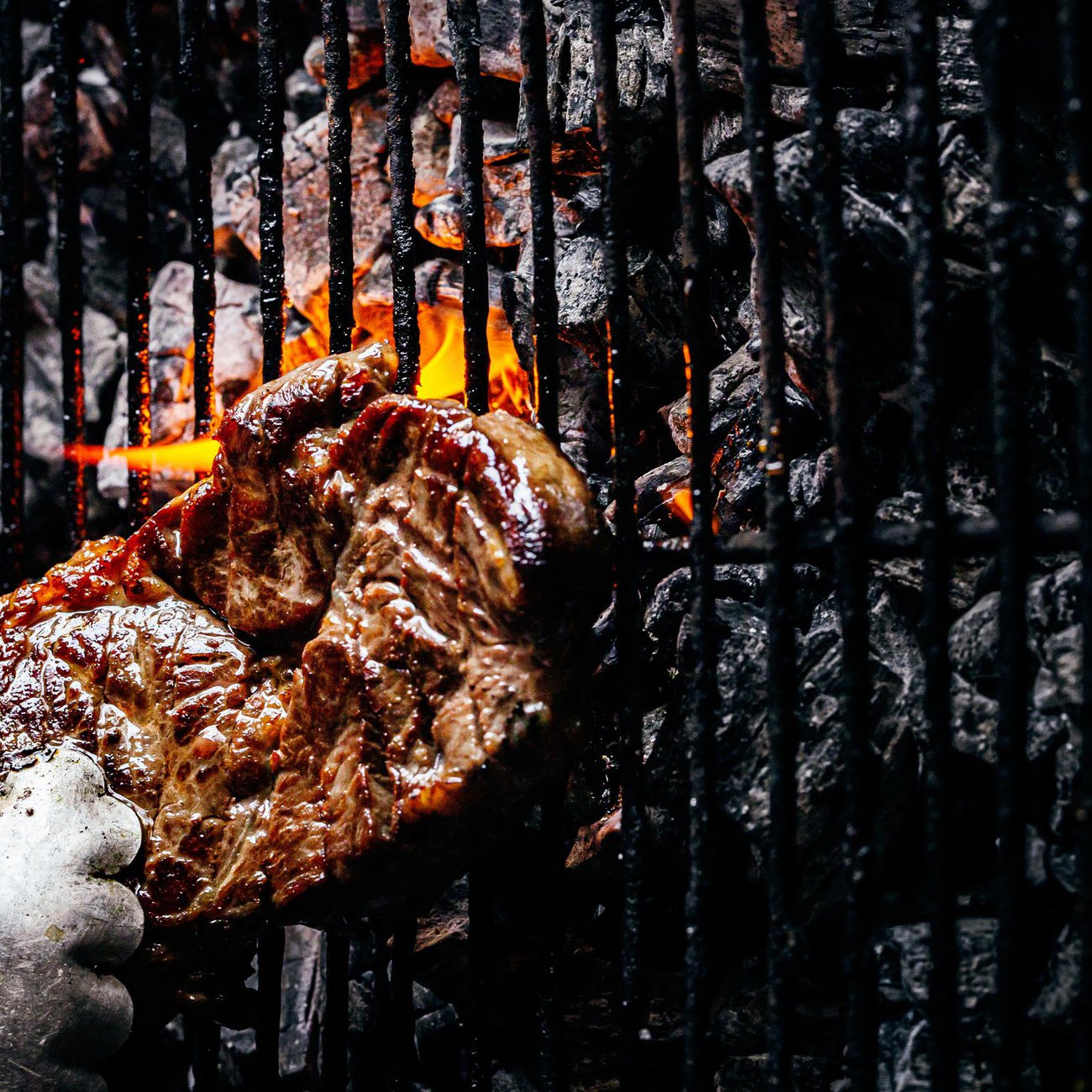
Some flip their steak only once, others flip often - see which is right for you
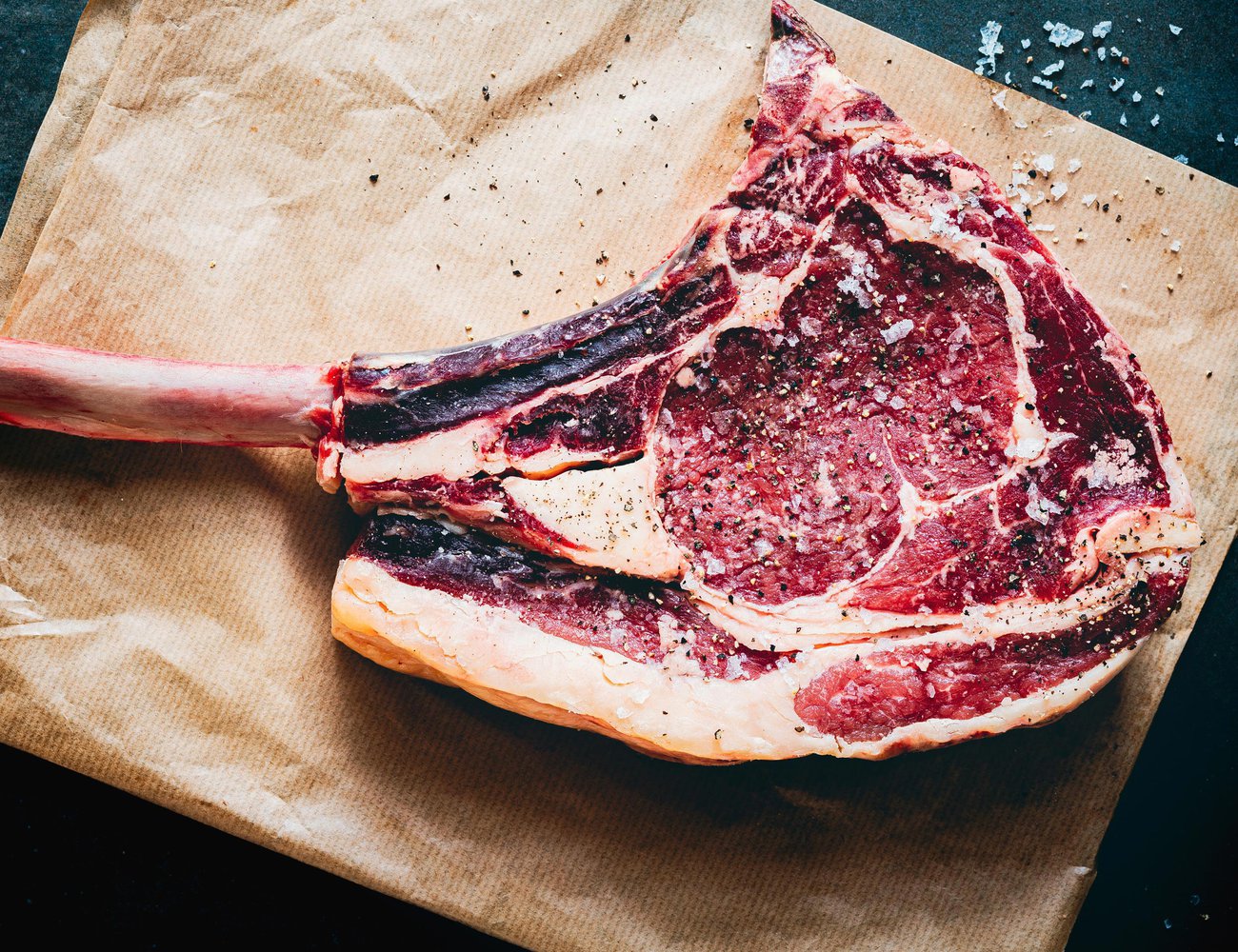
Season the meat to bring out its flavour
9 Time trial
How long you cook the steak depends on the cut of beef, its thickness and whether it has a bone in it. This is why chefs use a thermometer to see if the meat is done – it removes all the guesswork. If you don’t have a thermometer, use this handy chef’s trick. Touch your index finger and thumb together. Now feel the fleshy base of your thumb (about 2cm below where it connects to your palm). Notice how it feels and then check your steak:
- For rare: It should feel the same as when you press your index and thumb together.
- For medium-rare: Touch your middle finger and thumb together.
- For medium: Touch your ring finger and thumb together.
- For well-done: Touch your pinky finger and thumb together.
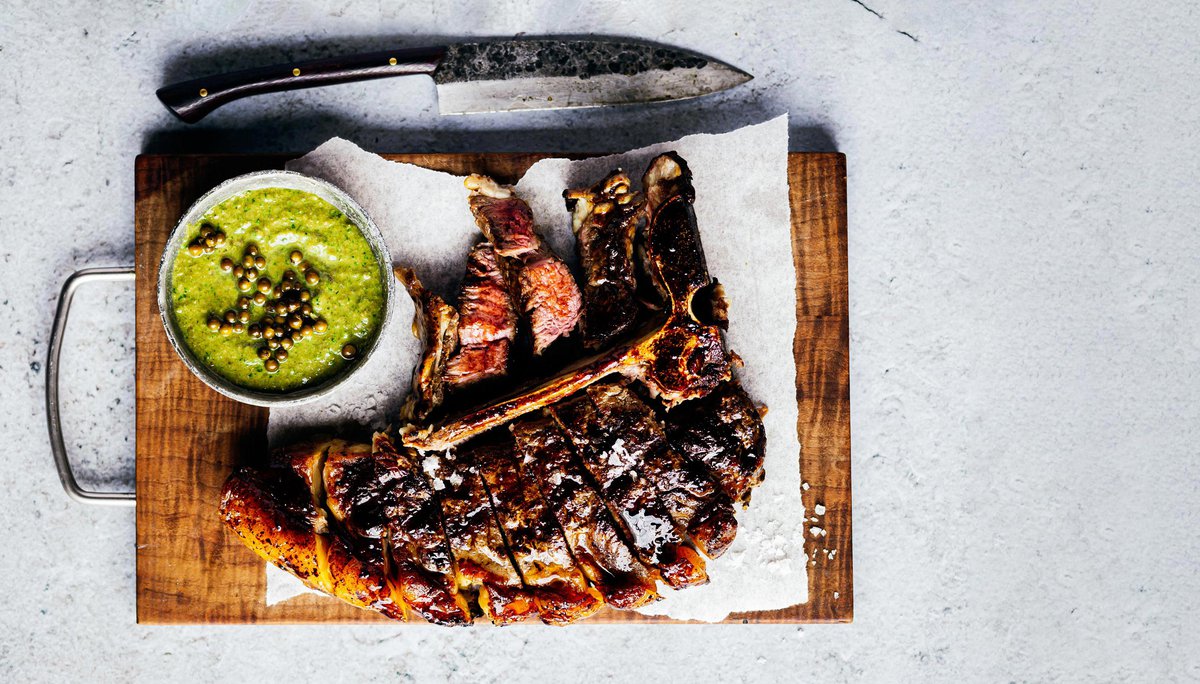
10 Take a rest
If you’ve ever cut into a steak and noticed the red juices running out, it hasn’t rested. Resting is probably the most important step in cooking a steak. It allows the proteins to relax and the juices to reabsorb into the meat, making it juicy and tender.
For all your questions about beef, barbecues and more, visit Stanbroke’s steakschool.com
